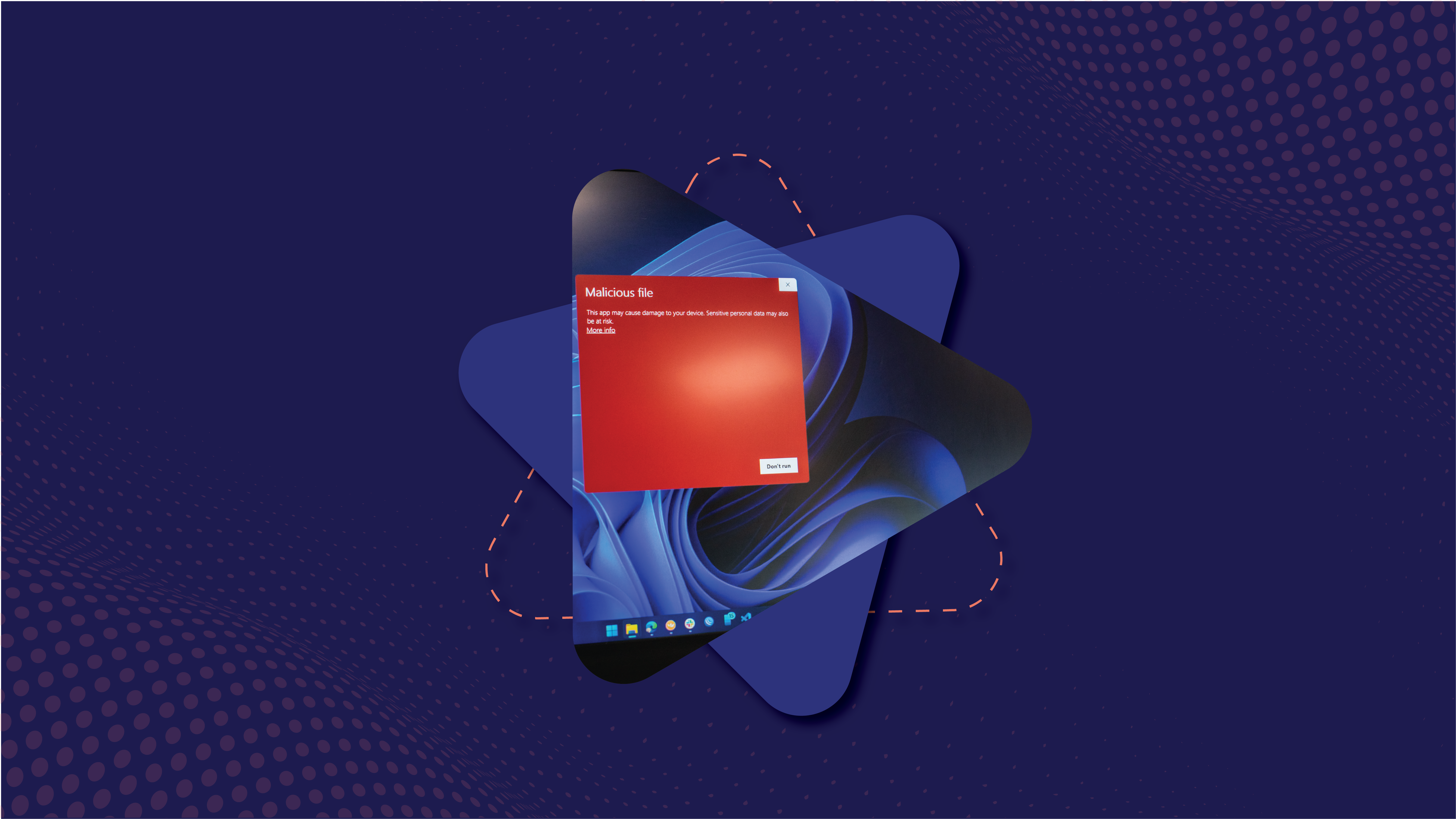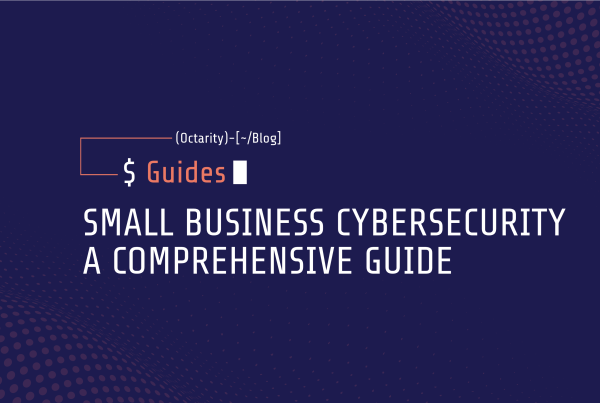In today’s interconnected world, where technology plays an increasingly vital role in our daily lives, cybersecurity has become a paramount concern. With each passing year, cyber threats continue to evolve and adapt, posing significant challenges for individuals, businesses, and governments worldwide. As we step into 2023, it’s crucial to stay informed about the emerging cybersecurity threats that could potentially disrupt our digital ecosystem. In this blog post, we will explore the biggest cybersecurity threats to watch out for in 2023 and discuss proactive measures to safeguard ourselves against them.
Ransomware Attacks:
Ransomware attacks have been on the rise in recent years, and they are expected to remain a significant threat in 2023. Cybercriminals leverage sophisticated techniques to encrypt valuable data, demanding a ransom in exchange for its release. These attacks can paralyze businesses, hospitals, and even entire cities, causing substantial financial losses and reputational damage. To mitigate the risk, organizations must prioritize regular data backups, implement robust security measures, and provide comprehensive employee training to prevent successful phishing attempts.
Internet of Things (IoT) Vulnerabilities:
The proliferation of IoT devices brings convenience and efficiency but also opens up new avenues for cyber threats. As more devices become interconnected, the attack surface expands, giving cybercriminals potential access points to exploit. Weak passwords, unpatched software, and lack of encryption on IoT devices make them susceptible to hacking. In 2023, we can expect an increase in attacks targeting smart homes, connected cars, and critical infrastructure. To mitigate this threat, manufacturers must prioritize security in IoT device design, while users should regularly update firmware, change default passwords, and segregate IoT devices on separate networks.
Artificial Intelligence (AI)-Driven Attacks:
While AI holds immense potential for positive advancements, it can also be harnessed by cybercriminals to conduct sophisticated attacks. In 2023, we can expect to see AI-powered malware that can adapt and evolve in real-time, making it harder to detect and mitigate. AI can also be used to impersonate individuals, bypass security measures, and manipulate data. To combat this threat, organizations need to deploy AI-powered cybersecurity solutions that can detect and respond to AI-driven attacks effectively.
Supply Chain Attacks:
Supply chain attacks have gained notoriety in recent years, and they are likely to continue posing a significant threat in 2023. Cybercriminals target third-party vendors, software updates, or hardware components to infiltrate and compromise trusted systems. These attacks can have far-reaching consequences, as seen with the SolarWinds and Kaseya incidents. To mitigate supply chain risks, organizations must implement strict vendor vetting processes, conduct regular security audits, and monitor network traffic for suspicious activities.
Deepfakes and Disinformation:
The rise of deepfake technology has introduced new challenges in the realm of cybersecurity. Deepfakes, manipulated videos or images that appear genuine, can be used to spread disinformation, blackmail individuals, or impersonate key figures. In 2023, we can expect more instances of deepfakes being used to influence public opinion, tarnish reputations, or even manipulate financial markets. To counter this threat, media organizations, tech companies, and individuals must employ advanced detection tools and critical thinking skills to verify the authenticity of digital content.
Conclusion:
As we navigate the ever-evolving digital landscape, it is essential to stay vigilant and proactive in the face of emerging cybersecurity threats. The year 2023 brings with it a new set of challenges, including ransomware attacks, IoT vulnerabilities, AI-driven attacks, supply chain compromises, and the proliferation of deepfakes. To protect ourselves and our organizations, we must prioritize cybersecurity measures such as regular data backups, network segmentation, employee training, AI-powered solutions, and critical evaluation of digital content. By staying informed, adopting best practices, and fostering a culture of cybersecurity, we can mitigate risks and ensure a safer digital future.
If this article raises concern for your business and its data, get in touch with Octarity for advanced protection to mitigate these threats.





